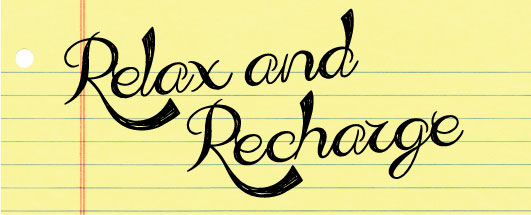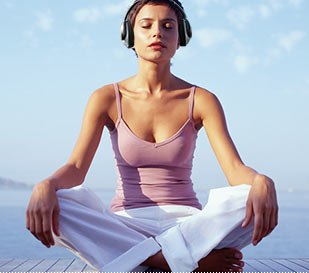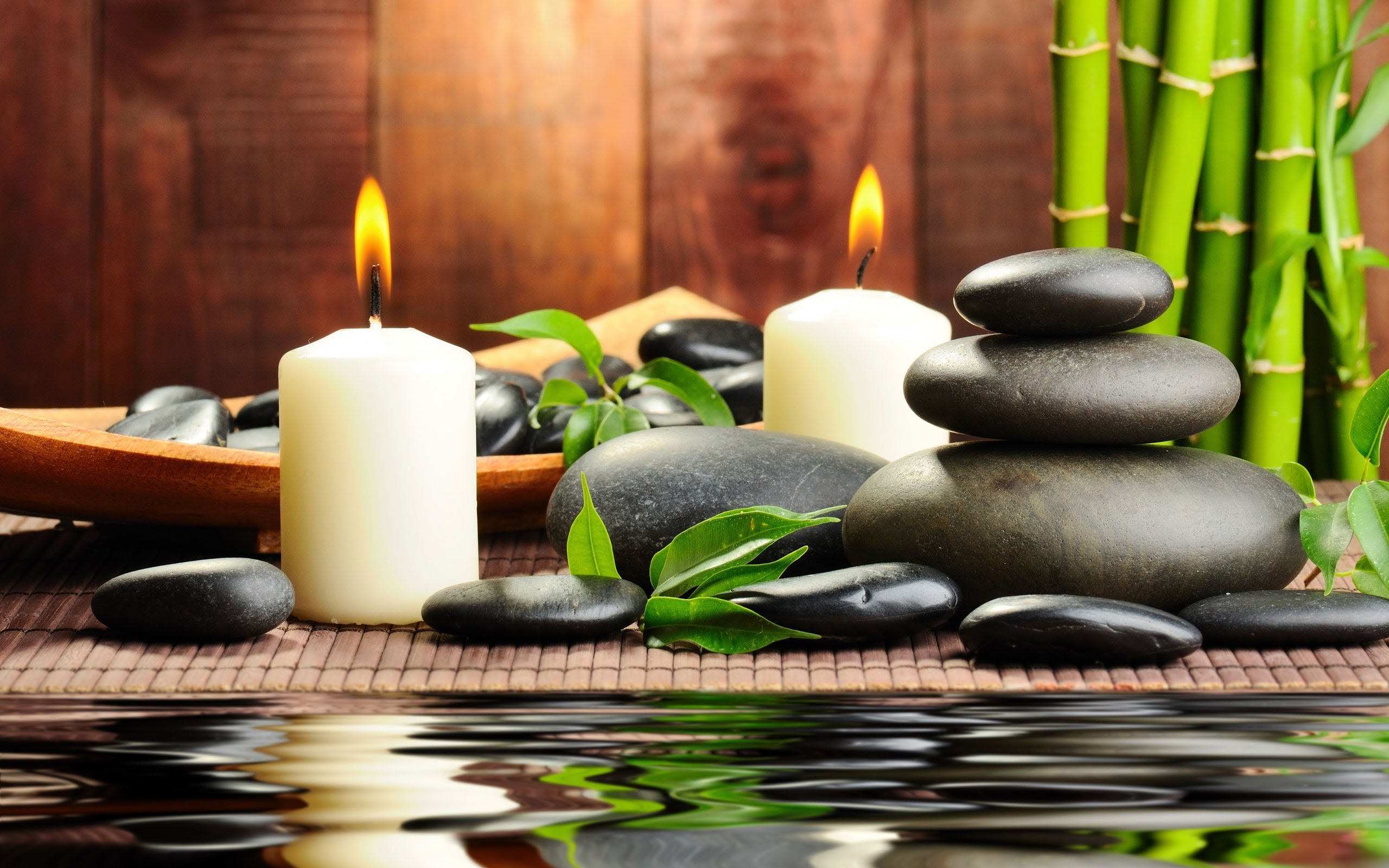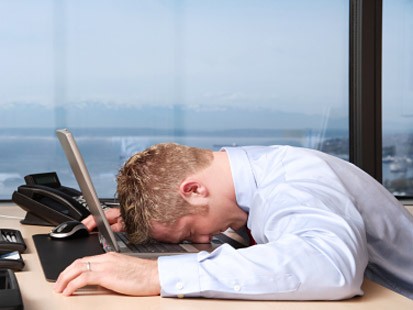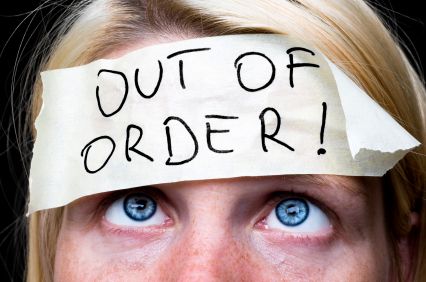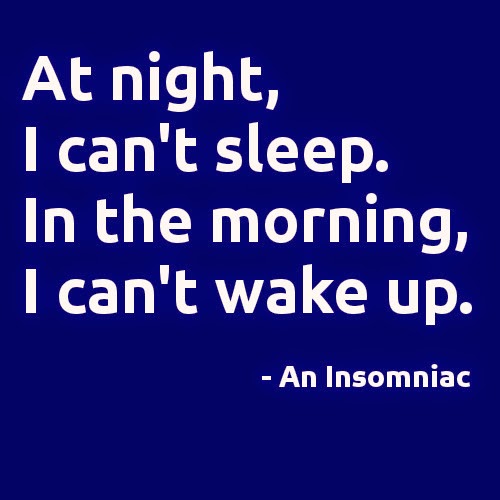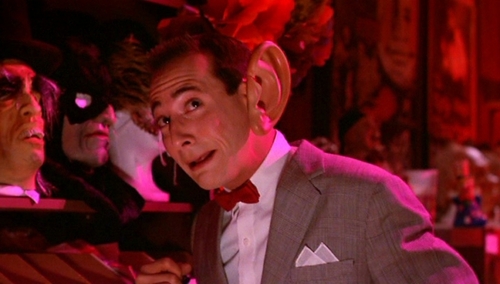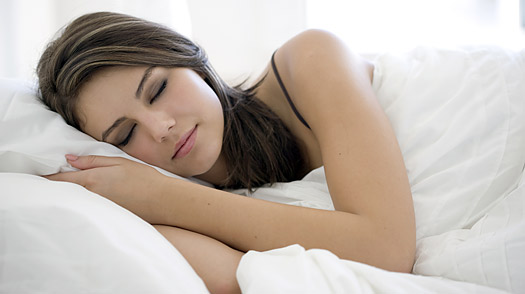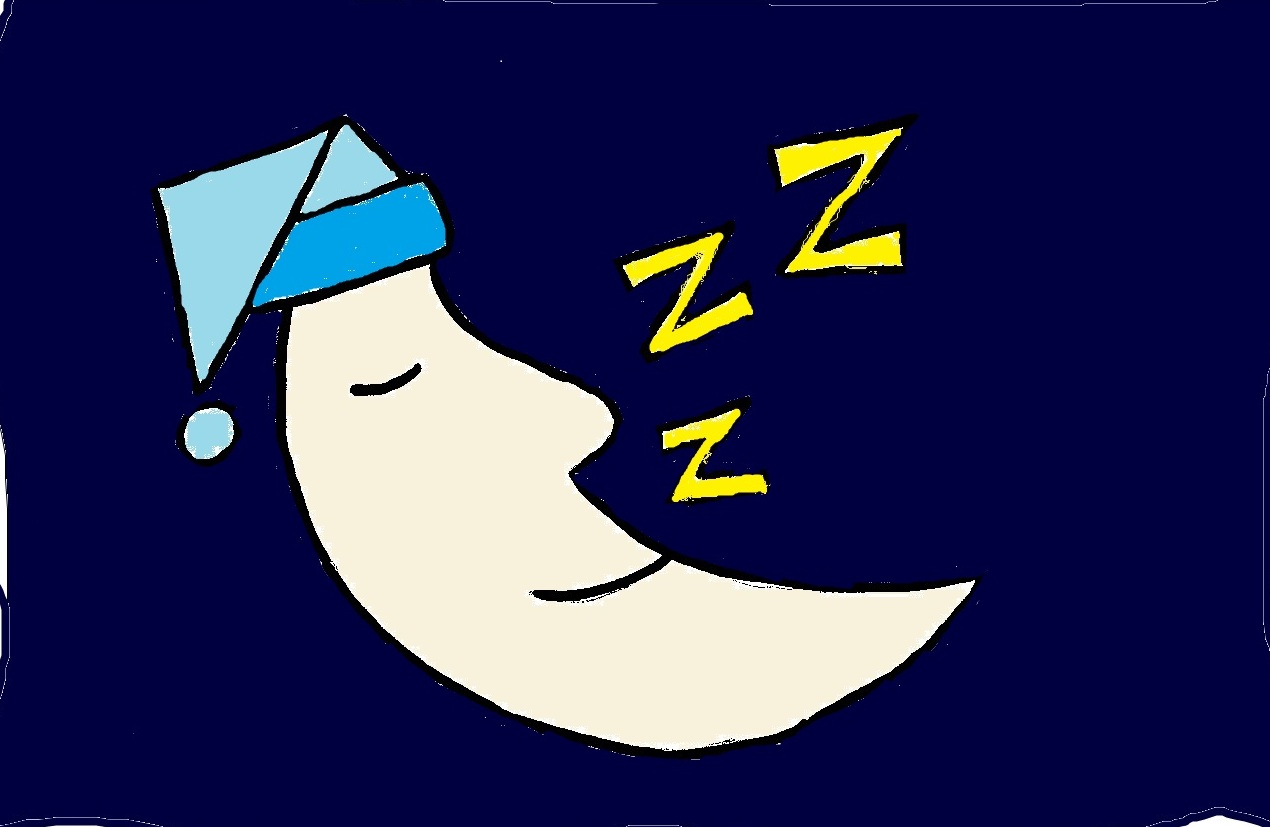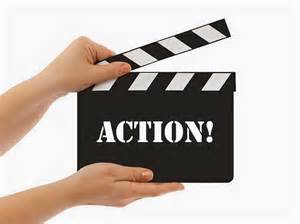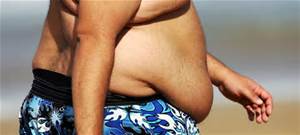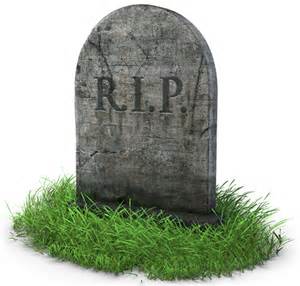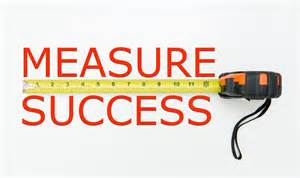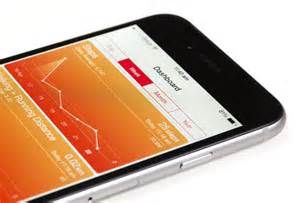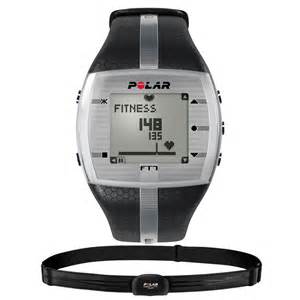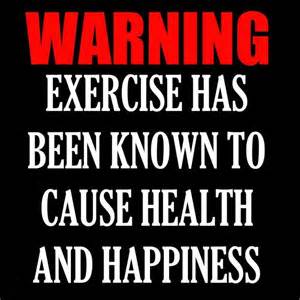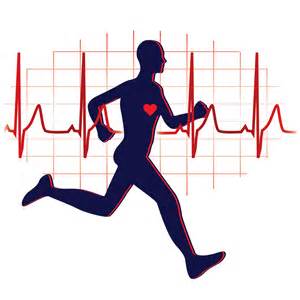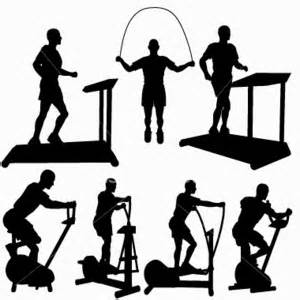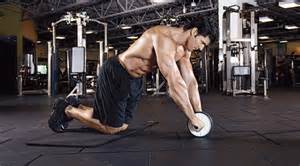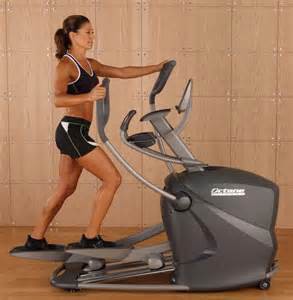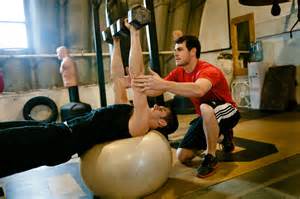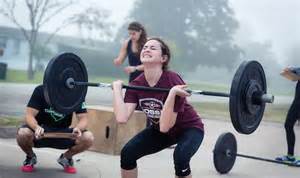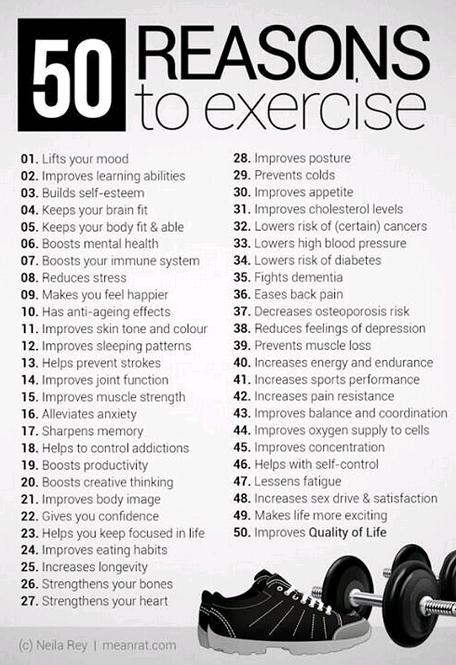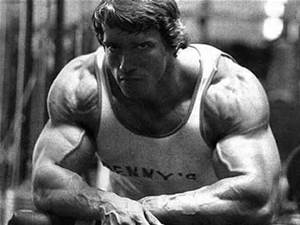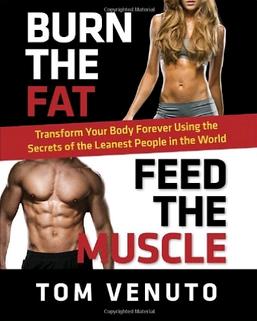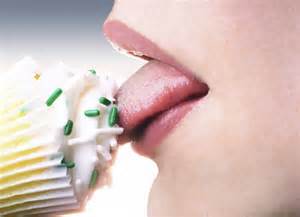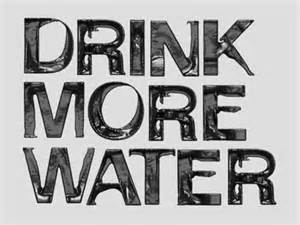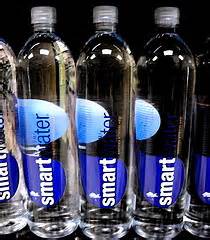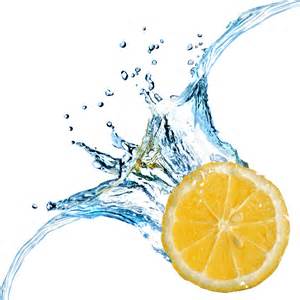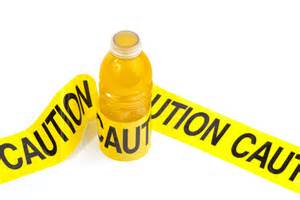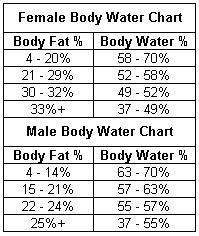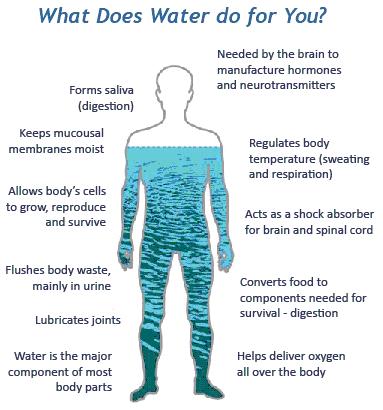Ohhhmmmm……
So far this month we’ve covered why sleep is important to your overall health and wellness. And what happens when you don’t get enough sleep. This week we’ll take a peek inside our own mind.
I am always looking for new ways to relax and recharge. Life moves pretty quickly, and it can be stressful at times. Stress isn’t necessarily a bad thing. But it can become unhealthy if we let it get the best of us for too long. Or if we don’t find a way to deal with it.
Depending on the type of stress you’re dealing with, you can try to find relief in a number of ways. You could for example:
- Go for a walk or a run.
- Exercise.
- Read a book.
- Listen to music.
- Take a vacation.
- Do something that interests you like gardening, playing cards, woodworking, knitting…
Notice that checking email or Facebook didn’t make the list. That just adds to your stress, or serves as a mind-numbing, time-sucking distraction in my book.
But hey, if checking Facebook or other social sites helps you find peace, then who am I to say it’s a bad thing. Just keep an eye on the time you spend focusing on others, which is time that you’re depriving YOU from working on YOURSELF.
Today I’d like to help you discover another way to relax and recharge. How? Through meditation.
I find that meditation is somewhat of an abstract, elusive “thing”. Meaning that sometimes I may not feel an immediate result. Some days it may not feel like I’m doing it right. Or it could feel great one day, but the next I might struggle with calming my thoughts.
But overall I find it very relaxing and helpful. My favorite time to meditate is after a great workout. My mind seems to be in the perfect state to relax. All it takes is 15 minutes and I feel like a new person. Rejuvenated and ready to deal with just about anything.
If you’re not currently meditating, I would like to help you learn more about it. And hopefully influence you enough to give it a try. Or get you to give it another chance if you’ve tried it in the past.
And if it’s something that you actively do and benefit from, I would love to hear from you by leaving a comment or contacting me directly. We can all learn from each other.
I think it comes down to personal preference. So I will give you some of the methods I find beneficial. Which you can either try yourself, or use to find something more suitable to your taste. And it doesn’t have to be a rigid ritual or practice that requires formal training.
I’ve never been formally trained in this area, but I’ve read a few books over the years. At this time in my life I prefer guided meditations. There are countless smartphone apps and websites that offer “free” guided versions. So all you need is your smartphone, a pair of headphones, and a comfortable, distraction-free place to sit where you have privacy. BTW your car can be that place if necessary.
I would suggest that you Google “guided meditations” on your computer. Or search for the same in the App Store or Google Play Store. Listen to or preview a few until you find something that resonates with you based on the person’s voice, background music, and the type of content.
Something else I learned over 20 years ago was the power of solitude, which could also be considered a form of meditation. To sit in silence, distraction free for 15 to 20 minutes – with your eyes closed, without moving, and your phone in airplane mode.
If you’ve never tried this, you may find it extremely difficult to sit still the first few times. But it’s a great way to calm your mind and observe your thoughts. As you begin to relax, focus on your breathing or ambient noise.
It’s incredible the number of thoughts that appear when you slow down and observe. I challenge you to give it a try. Whether it’s to calm your thoughts. Or to find a solution to a challenging problem. The key is to remain uninterrupted so you can relax.
Here are a few resources that may help you discover the benefits of meditation.
- WebMD article: http://www.webmd.com/sleep-disorders/meditation-natural-remedy-for-insomnia
- Huff Post article: http://www.huffingtonpost.com/2013/07/15/meditation-in-action-mindfulness-sleep_n_3586716.html
- The Honest Guys website for free guided meditations: http://thehonestguys.co.uk/meditations.html
- Mindful Muscle: http://www.mindfulmuscle.com
Thank you for sharing your time with me. I’d love for you to let me know what you think by leaving a comment. Is the content valuable and helpful? Did anything resonate? Will you take action? What else would you like to see in future posts?
If you know someone that can benefit from this content, I’d be eternally grateful if you would share this with them. And if you like what you see, you can SUBSCRIBE for automatic updates, LIKE US on Facebook, and spread the word about www.thin2win.net with your friends, family and social circles.

